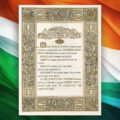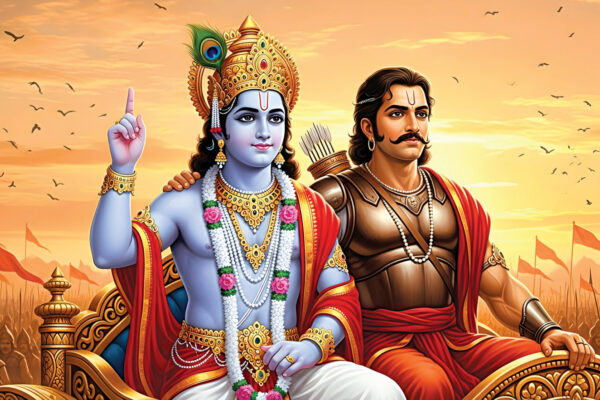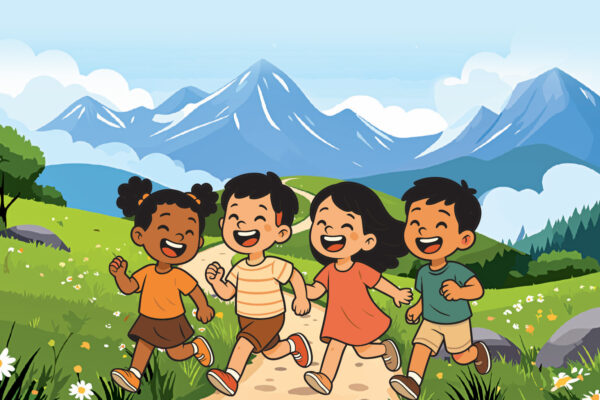
Ancient India was a golden period not only for India, but also for the women of that time. The general position of women in ancient India was unique. They enjoyed high status and independence in society. They not only enjoyed privileged positions, but also possessed high standards of morality. In the Vedic period, women’s education was as important as education for men. Women had free access to education. The great Rigveda includes hymns composed by women poetesses such as Visvavara, Lopamudra, Apala, Urvasi, Ghosa, Sulabha, Lilabati, Maitreyi, Saswati, Kshana, Gargi and others.
- Women’s Education and Status in Vedic India
Women positively contributed to the ancient Indian education system. There were also female teachers at that time who were called Upadhyaya. Even in the Vedic period, the age of women at the time of marriage was 16 to 18, since child marriages were not at all common during that time. - Eminent Women Scholars: Brahmavadinis and Beyond
In ancient India, there were some women who were called Brahmavadinis. These were the women with the highest philosophical knowledge of Brahman or universal consciousness. One of the best examples of a great Brahmavadini of ancient India was Gargi Vachaknavi of the 7th Century BCE who is also regarded as one of the earliest symbols of feminism in the world. In Vedic literature, she was honoured as a great natural philosopher and expounder of the Vedas. She was also one of the poetesses who composed hymns in the Rigveda. At a very young age, she became highly knowledgeable in the Vedas and Upanishads and held intellectual debates with other philosophers. - Women in Governance and Leadership
Queens and princesses in ancient India, educated in administration and even combat, actively participated in governance. ‘Rajatarangini’ by Kalhana mentions examples like the queens of Kashmir who fought in battle and regents like Nayanika and Prabhavatigupta of the Andhra and Vakataka dynasties. - The Decline of Women’s Status
However, from the 12th century, with the rise of Islamic rule, women’s status declined. Practices like Jauhar emerged in some regions, reflecting the insecurity of the time. The Purdah system became more prevalent and female education suffered hugely as women were made homebound. After the 12th century, women in India couldn’t achieve that kind of independence and freedom for almost 700 to 800 years till the 20th century.































